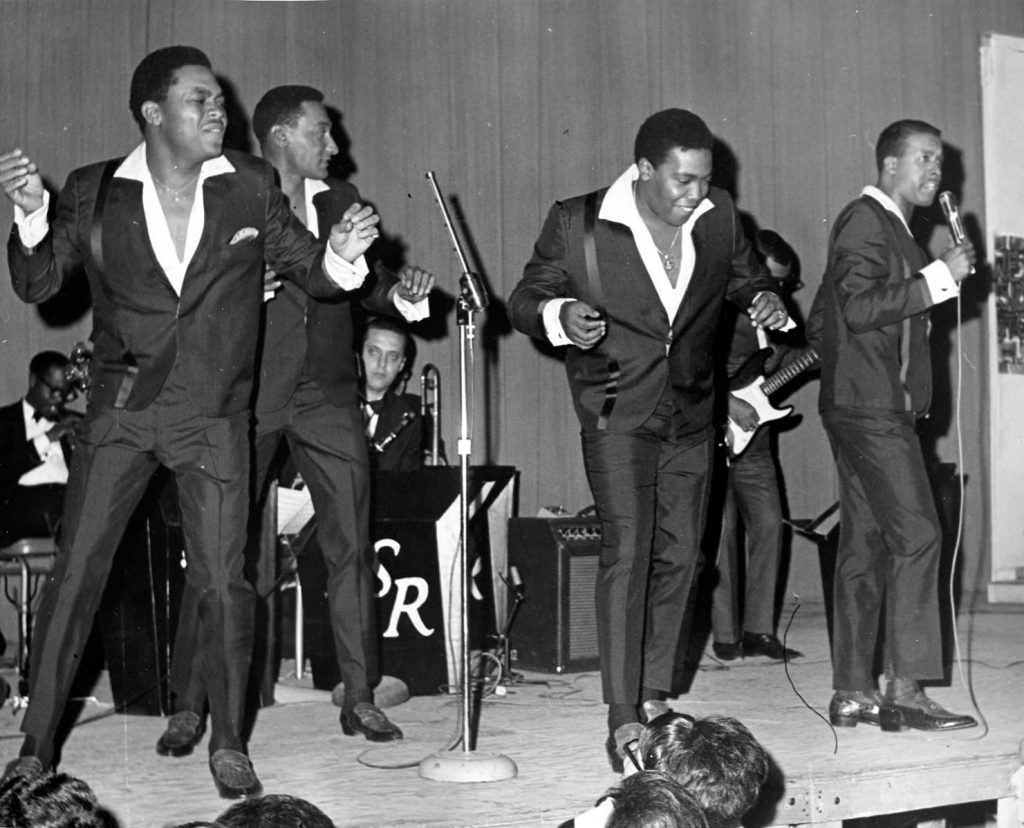
“Reach Out I’ll Be There” by the Four Tops: A Defining Moment in Motown History
Released in the golden era of Motown, “Reach Out I’ll Be There” by the legendary Four Tops has cemented its place as one of the most iconic songs of the 1960s. Not only did it top the charts in the U.S. and the U.K., but it also became the quartet’s signature song—a track that defined both their career and the sound of an era. Written and produced by the powerhouse trio Holland–Dozier–Holland, this song brought the sound of Motown to new heights, blending emotional intensity with a polished musical arrangement.
The single was a tremendous success upon its release, reaching the #1 position on the Billboard Hot 100 in October of 1966, where it stayed for two weeks. It also dominated the Rhythm & Blues chart for two weeks, marking the Four Tops’ continued rise to stardom. Across the Atlantic, “Reach Out” reached the top spot in the UK Singles Chart later that month, becoming the second Motown song to do so, after the Supremes’ hit “Baby Love.” It stayed at #1 in the U.K. for an impressive three weeks, solidifying the group’s international appeal.
What makes “Reach Out I’ll Be There” so memorable is its emotionally charged vocal performance by lead singer Levi Stubbs. His voice, pushed to its upper limits, conveys a sense of desperation, power, and raw emotion that perfectly complements the song’s dramatic arrangement. The decision to have Stubbs perform in such a strained, almost shouting style was a deliberate choice by Lamont Dozier, who sought to emulate the emotional intensity of Bob Dylan. By using fluctuating keys, from the haunting, minor key verses to the uplifting, major key chorus, the song takes listeners on an emotional rollercoaster. This method was intended to reflect a “journey of emotions,” and the effect was undeniably powerful.
The Holland–Dozier–Holland team, who were responsible for many of Motown’s biggest hits, crafted a song that was both unique and innovative. From its distinctive opening—highlighted by the unusual instrumentation of a piccolo and flute—to its rhythmic backbone driven by timpani mallets on a tambourine, every element of the production is rich with creativity. Interestingly, when the Four Tops first heard the final cut, they were unsure about its release. In fact, they even approached Berry Gordy, the head of Motown, asking him to reconsider. However, Gordy saw the potential and insisted that the track be released as a single—a decision that would prove to be one of the best of his career.
Since then, “Reach Out I’ll Be There” has gone on to become a classic. In 2022, the Library of Congress selected it for preservation in the National Recording Registry, ensuring its place in American cultural history. It was also ranked as one of Rolling Stone’s 500 Greatest Songs of All Time, coming in at number 206, a testament to its lasting influence and appeal.
At its core, “Reach Out I’ll Be There” is a song about support, resilience, and emotional commitment, themes that resonated deeply with listeners in the 1960s and continue to do so today. Its timeless message, combined with a bold and innovative sound, makes it one of the defining tracks of the Motown era—one that still reaches out and touches listeners across generations.